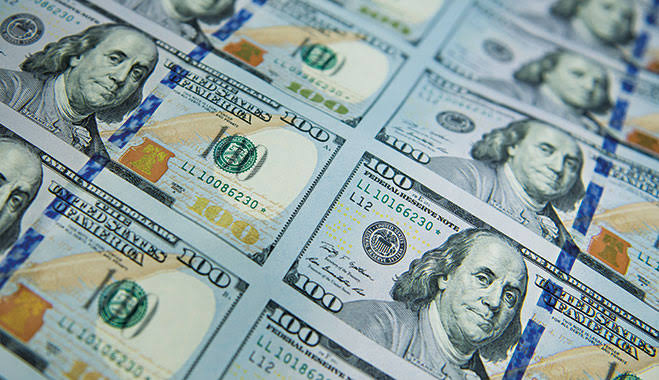Nigeria’s foreign exchange market has experienced significant inflows of foreign currency driven by favorable sovereign ratings and higher oil and gas prices.
The harmonization of exchange rates has contributed to the growth of the Importers & Exporters Window and improved dollar inflow.
Two of the outstanding reforms – subsidy removal and foreign exchange unification spearheaded by Nigeria’s President Bola Tinubu have earned him some accolades.
However, foreign investors remain cautious, awaiting further reforms and market stability.
The data, obtained from the Central Bank of Nigeria (CBN) and the Financial Markets Dealers Quotations (FMDQ), provides insights into the factors influencing the foreign exchange market and the measures taken by the government to stabilize it.
Foreign Exchange Inflows
According to the CBN’s monthly economic report, Nigeria experienced a significant increase in net foreign exchange inflow, reaching $10.75 billion over two months.
This surge was primarily attributed to favorable sovereign ratings and higher oil and gas prices. In February 2022, foreign exchange inflow rose by 42.8% to $6.32 billion compared to $4.43 billion in January 2022.
Additionally, foreign exchange inflow through the CBN increased by 36.7% to $2.49 billion, mainly due to non-oil components such as institutional swaps, returned payments, TSA, and third-party receipts.
Harmonization of Exchange Rates and I&E Window
In June 2023, the CBN harmonized exchange rates in Nigeria, leading to the collapse of the forex market. Despite foreign investors being cautious about returning, data from the FMDQ shows an improvement in dollar inflow.
In June, total inflows into the Importers & Exporters (I&E) Window rose by 23.8% to $1.41 billion, marking the second consecutive month of growth.
This increase signifies a positive impact of the harmonized exchange rates on attracting foreign exchange inflows into the country.
Factors Influencing Foreign Investors
Analysts say foreign investors are expected to adopt a wait-and-see approach in the near term as they assess the CBN’s actions in clearing its foreign exchange backlogs and the direction of short-term interest rates amid high inflation.
While the revisions in the computation methodologies of the NAFEX and I&E spot rates aim to improve transparency and align with global benchmark administration, they may introduce increased intra-day volatility.
The CBN must continue implementing measures that enhance transparency, increase forex liquidity, and build market participants’ confidence.





